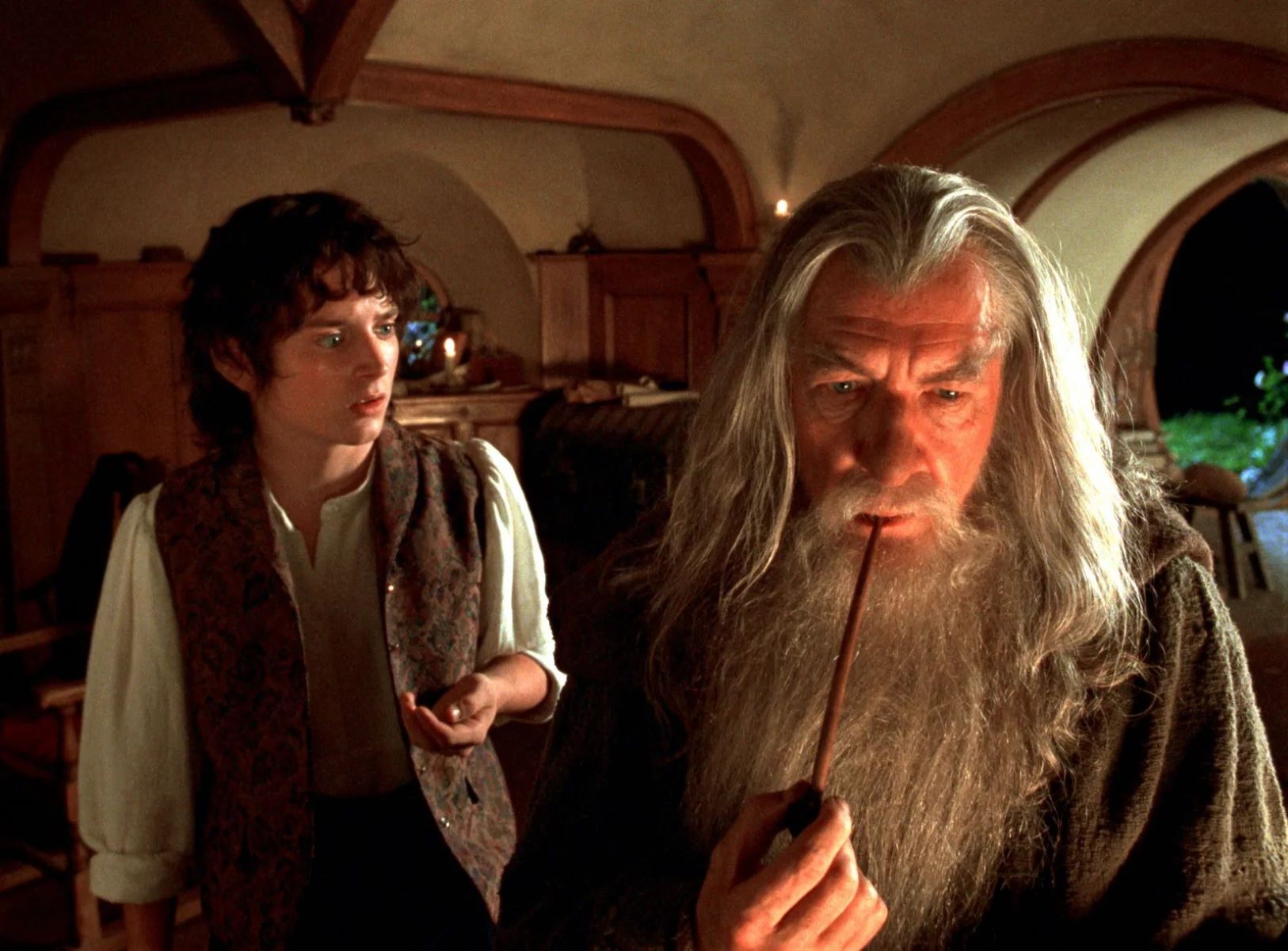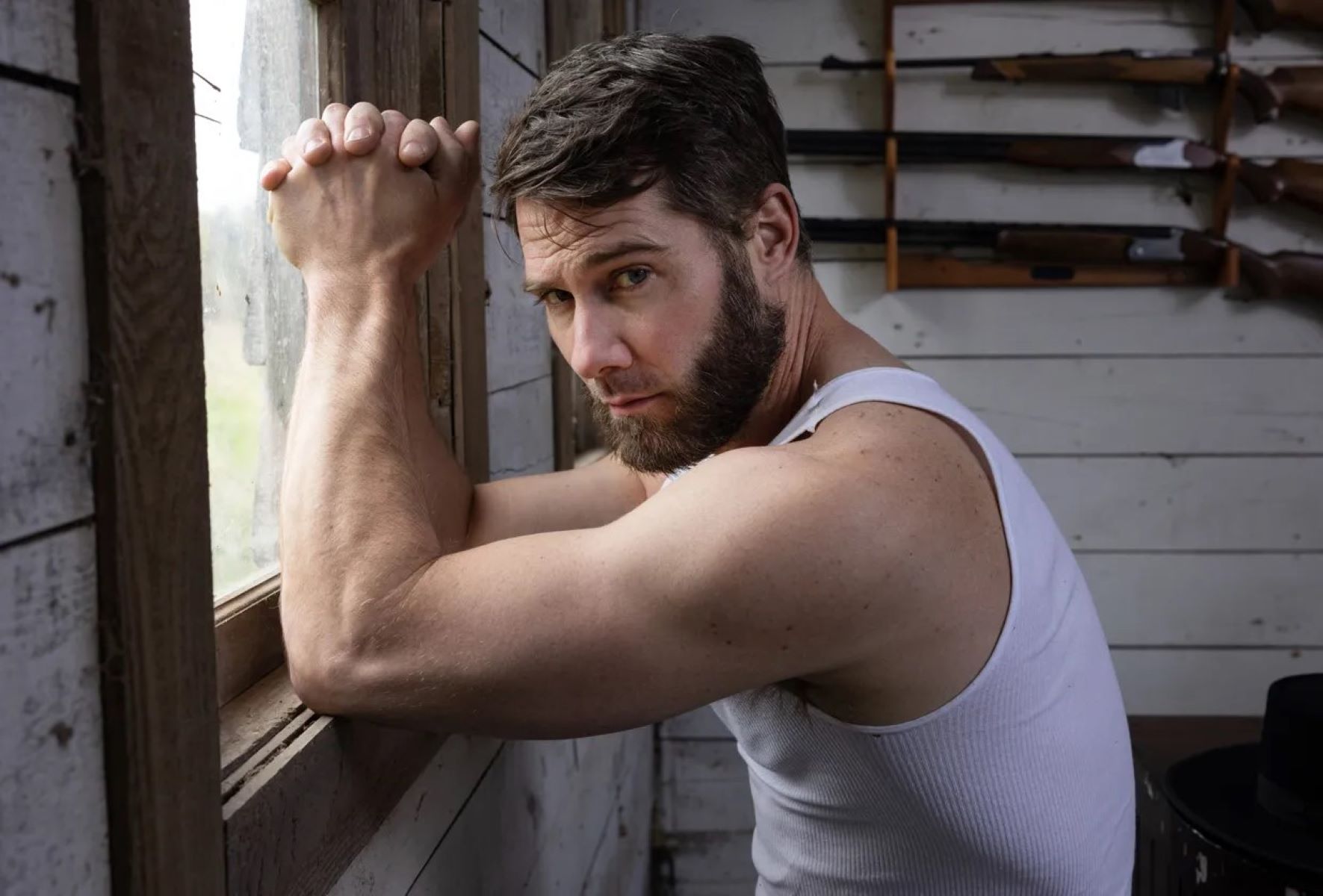
Ever wondered what makes "The Lord of the Rings" so captivating? J.R.R. Tolkien's epic fantasy series has enchanted readers and viewers for generations. With over 150 million copies sold, it's one of the best-selling novels ever. Tolkien's passion for languages led him to create Quenya and Sindarin, adding depth to his world. The journey to bring this tale to life took 12 years of writing and countless adaptations. From Aragorn and Arwen's romance to the meticulous costume production, every detail contributes to its magic. Dive into 50 intriguing facts about this legendary series and discover why it continues to inspire and enthrall.
The Lord of the Rings: A Literary Phenomenon
The Lord of the Rings, written by J.R.R. Tolkien, has enchanted readers for decades. Its intricate world-building, compelling characters, and epic narrative have made it a cornerstone of fantasy literature. Here are some fascinating facts about this legendary series.
- At least 150 million copies of The Lord of the Rings books have been sold worldwide, making it one of the best-selling novels of all time.
- J.R.R. Tolkien was fascinated by languages and began creating his own, including Quenya and Sindarin, long before he wrote The Lord of the Rings. Quenya was inspired by Finnish, while Sindarin was influenced by Welsh.
- It took Tolkien approximately 12 years to write The Lord of the Rings series. His comprehensive legendarium, which includes The Silmarillion, was never fully completed.
- The romance between Aragorn and Arwen is not part of the main narrative in the books. Instead, it is presented as an excerpt in Appendix A, titled "The Tale of Aragorn and Arwen".
- Tolkien's publisher initially thought The Lord of the Rings was too long to publish as one volume. The book was over 1,000 pages and half a million words, so it was split into three volumes: The Fellowship of the Ring, The Two Towers, and The Return of the King.
Tolkien's Creative Process and Legacy
Tolkien's dedication to his craft and his unique creative process have left an indelible mark on literature. His work continues to inspire and captivate new generations of readers.
- Before the term "tween" acquired its modern meaning, Tolkien used it to refer to a hobbit between the ages of 20 and 33. This age group includes characters like Frodo, Sam, Merry, and Pippin.
- After publishing The Hobbit, Tolkien intended to publish The Silmarillion next. However, his publisher rejected it as too obscure and "too Celtic," prompting Tolkien to write The Lord of the Rings instead.
- In 1977, four years after Tolkien's death, his son Christopher edited and published The Silmarillion, based on Tolkien's unfinished legendarium and other notes.
- J.R.R. Tolkien typed 1,200 pages worth of text for The Lord of the Rings with just two fingers. This remarkable typing ability is a testament to his dedication to his work.
- Despite being a fantasy series, The Lord of the Rings tends to take an alternative life based on historic events. This unique blend of history and imagination has contributed to its enduring popularity.
The Films: Bringing Middle-earth to Life
Peter Jackson's film adaptations brought Tolkien's world to the big screen, introducing it to a new audience and creating a cultural phenomenon of their own.
- Christopher Lee originally wanted to play Gandalf, not Saruman. He was a huge fan of the books and had read them every year, memorizing long passages. However, by the time he met Peter Jackson, Ian McKellen was already considered for the role of Gandalf.
- Peter Jackson preferred using practical effects over CGI to achieve the sense of scale in Middle-earth. This approach involved creating in-camera effects for creatures and environments, which added to the film's realism.
- The screenwriters of the film trilogy made significant changes to the source material. For example, in the books, Boromir dies at the start of The Two Towers, but in the film, he dies at the end of The Fellowship of the Ring to give the first film a greater impact. Additionally, the Elves do not appear in the Battle of Helm's Deep in the book, and Arwen is not present in the book at all.
- Elijah Wood's sister, Hannah, appears in The Lord of the Rings: The Two Towers. Viggo Mortensen's son is also in the film, and Philippa Boyens' son plays a boy who hands Aragorn his sword at Helm's Deep.
- In 1991, a live-action Soviet play adaptation of The Fellowship of the Ring was produced. This adaptation was rediscovered in 2021 and is notable for its low budget and poor green screen effects.
Behind the Scenes: Cast and Crew
The dedication and camaraderie of the cast and crew played a significant role in the success of the film adaptations. Their stories add another layer of depth to the lore of The Lord of the Rings.
- Many cast members took home props from the films as mementos. Ian McKellen kept the original staff and wizard’s hat from his time playing Gandalf, while Liv Tyler took home her Elvish ears and Arwen's sword.
- Orlando Bloom was only paid $175,000 for all three movies but trained for two months to learn how to use a bow properly for his role as Legolas.
- Christopher Lee read The Lord of the Rings once every year until his death in 2015. He was the only member of the cast to have actually met Tolkien.
- Ian McKellen based Gandalf's voice on that of J.R.R. Tolkien, as described in "In a Hole in the Ground" from The Hobbit.
- Actors from The Fellowship of the Ring had the number nine in Elvish tattooed onto them after filming. This was a symbol of their time working on the trilogy.
Challenges and Triumphs During Filming
Filming The Lord of the Rings trilogy was an epic journey in itself, filled with challenges and triumphs that added to the authenticity and magic of the final product.
- Viggo Mortensen broke his toe while filming The Lord of the Rings: The Two Towers. The scene where Aragorn kicks an orc helmet was filmed the next day after his injury, and it was kept in the film because of its emotional impact.
- During the scene in Moria where Gimli is mourning the dwarves, Aragorn is shown almost entirely in profile. This was due to Viggo Mortensen's swollen face from a surfing accident the day before filming.
- Filmmakers shot footage of a younger Aragorn and Arwen for a flashback scene in Lothlorien. However, they decided to use that time to build the relationship between Aragorn and Boromir instead, heightening the emotional impact of Boromir's death.
- Several actors sustained injuries while filming The Lord of the Rings trilogy. These injuries added to the authenticity of the scenes and were often incorporated into the final product.
- Cate Blanchett was given her Elvish ears as a gift after filming because she loved her character so much. This gesture reflects the close bond between the cast and the crew.
The Impact and Legacy of The Lord of the Rings
The Lord of the Rings has left an indelible mark on popular culture. Its influence can be seen in literature, film, and even music. The trilogy continues to inspire new adaptations and interpretations, ensuring its legacy for generations to come.
- Amazon is producing a television adaptation of Tolkien's Second Age era, which is set to be the most expensive season of television ever produced, with a budget of $465 million. The show will cover areas like Númenor, the Misty Mountains, and the Elvish realm of Lindon.
- The sound designer David Farmer created Smaug's roar by combining the roar of his daughter with that of a hungry pig. This unique sound effect added to the film's authenticity.
- Bill the pony was not in the film for a long time due to logistical difficulties. However, Peter Jackson really wanted him in the film, so a pantomime puppet pony was created to replace him in many scenes.
- Sean Connery turned down the role of Gandalf because he didn’t understand the script. This rejection led to Ian McKellen being cast in the iconic role.
- The Return of the King broke film records for having the highest number of actors featured in it. This extensive cast added to the film's grandeur and complexity.
Fun and Quirky Facts
Beyond the epic battles and deep lore, The Lord of the Rings is filled with fun and quirky facts that add to its charm and appeal.
- Frodo takes 17 years to start his adventure after finding the One Ring. This extended timeline adds depth to the story and highlights the significance of the Ring's power.
- Tolkien did not intend for The Lord of the Rings to be allegorical. However, the book has been interpreted in various ways over the years, reflecting its rich symbolism and themes.
- Over 18,000 costumes were made for the filming of all three movies. This massive production effort ensured that every character had unique and detailed attire.
- Viggo Mortensen learned how to speak fluent Elvish for his role in The Lord of the Rings. This dedication to his character added depth to his performance.
- Cate Blanchett was given her Elvish ears as a gift after filming because she loved her character so much. This gesture reflects the close bond between the cast and the crew.
The Enduring Appeal of Middle-earth
The world of Middle-earth continues to captivate audiences with its timeless themes and rich storytelling. Its enduring appeal is a testament to the genius of J.R.R. Tolkien and the dedication of those who brought his vision to life.
- Christopher Lee read The Lord of the Rings once every year until his death in 2015. He was the only member of the cast to have actually met Tolkien.
- Ian McKellen based Gandalf's voice on that of J.R.R. Tolkien, as described in "In a Hole in the Ground" from The Hobbit.
- Actors from The Fellowship of the Ring had the number nine in Elvish tattooed onto them after filming. This was a symbol of their time working on the trilogy.
- Viggo Mortensen learned how to speak fluent Elvish for his role in The Lord of the Rings. This dedication to his character added depth to his performance.
- Sean Connery turned down the role of Gandalf because he didn’t understand the script. This rejection led to Ian McKellen being cast in the iconic role.
The Cultural Impact of The Lord of the Rings
The Lord of the Rings has had a profound impact on popular culture, influencing countless works of fiction and inspiring generations of fans.
- J.R.R. Tolkien typed 1,200 pages worth of text for The Lord of the Rings with just two fingers. This remarkable typing ability is a testament to his dedication to his work.
- Despite being a fantasy series, The Lord of the Rings tends to take an alternative life based on historic events. This unique blend of history and imagination has contributed to its enduring popularity.
- The Return of the King broke film records for having the highest number of actors featured in it. This extensive cast added to the film's grandeur and complexity.
- Over 18,000 costumes were made for the filming of all three movies. This massive production effort ensured that every character had unique and detailed attire.
- Frodo takes 17 years to start his adventure after finding the One Ring. This extended timeline adds depth to the story and highlights the significance of the Ring’s power.
The Timelessness of Tolkien's Work
Tolkien's work remains timeless, continuing to resonate with readers and viewers alike. Its themes of friendship, bravery, and the struggle between good and evil are as relevant today as they were when the books were first published.
- Tolkien did not intend for The Lord of the Rings to be allegorical. However, the book has been interpreted in various ways over the years, reflecting its rich symbolism and themes.
- Several actors sustained injuries while on set, including broken bones and bruises. These injuries often added to the authenticity of the scenes and were sometimes incorporated into the final product.
- Cate Blanchett was given her Elvish ears as a gift after filming because she loved her character so much. This gesture reflects the close bond between the cast and the crew.
- Actors from The Fellowship of the Ring had the number nine in Elvish tattooed onto them after filming. This was a symbol of their time working on the trilogy.
- The Lord of the Rings has left an indelible mark on popular culture. Its influence can be seen in literature, film, and even music. The trilogy continues to inspire new adaptations and interpretations, ensuring its legacy for generations to come.
The Enduring Magic of Middle-earth
The Lord of the Rings isn't just a story; it's a phenomenon. From Tolkien's intricate languages like Quenya and Sindarin to the epic films by Peter Jackson, this saga has left a lasting mark on pop culture. Tolkien's dedication, typing 1,200 pages with just two fingers, and the actors' commitment, like Viggo Mortensen learning Elvish, show the passion behind this masterpiece. The books have sold over 150 million copies, and the films broke records, proving their timeless appeal. Whether it's the detailed costumes, the unique sound effects, or the emotional depth of the characters, every element contributes to its magic. The Lord of the Rings continues to inspire and captivate, ensuring its legacy for generations. Dive into this world, and you'll find a treasure trove of adventure, courage, and friendship.
Was this page helpful?
Our commitment to delivering trustworthy and engaging content is at the heart of what we do. Each fact on our site is contributed by real users like you, bringing a wealth of diverse insights and information. To ensure the highest standards of accuracy and reliability, our dedicated editors meticulously review each submission. This process guarantees that the facts we share are not only fascinating but also credible. Trust in our commitment to quality and authenticity as you explore and learn with us.


